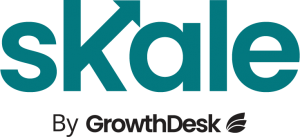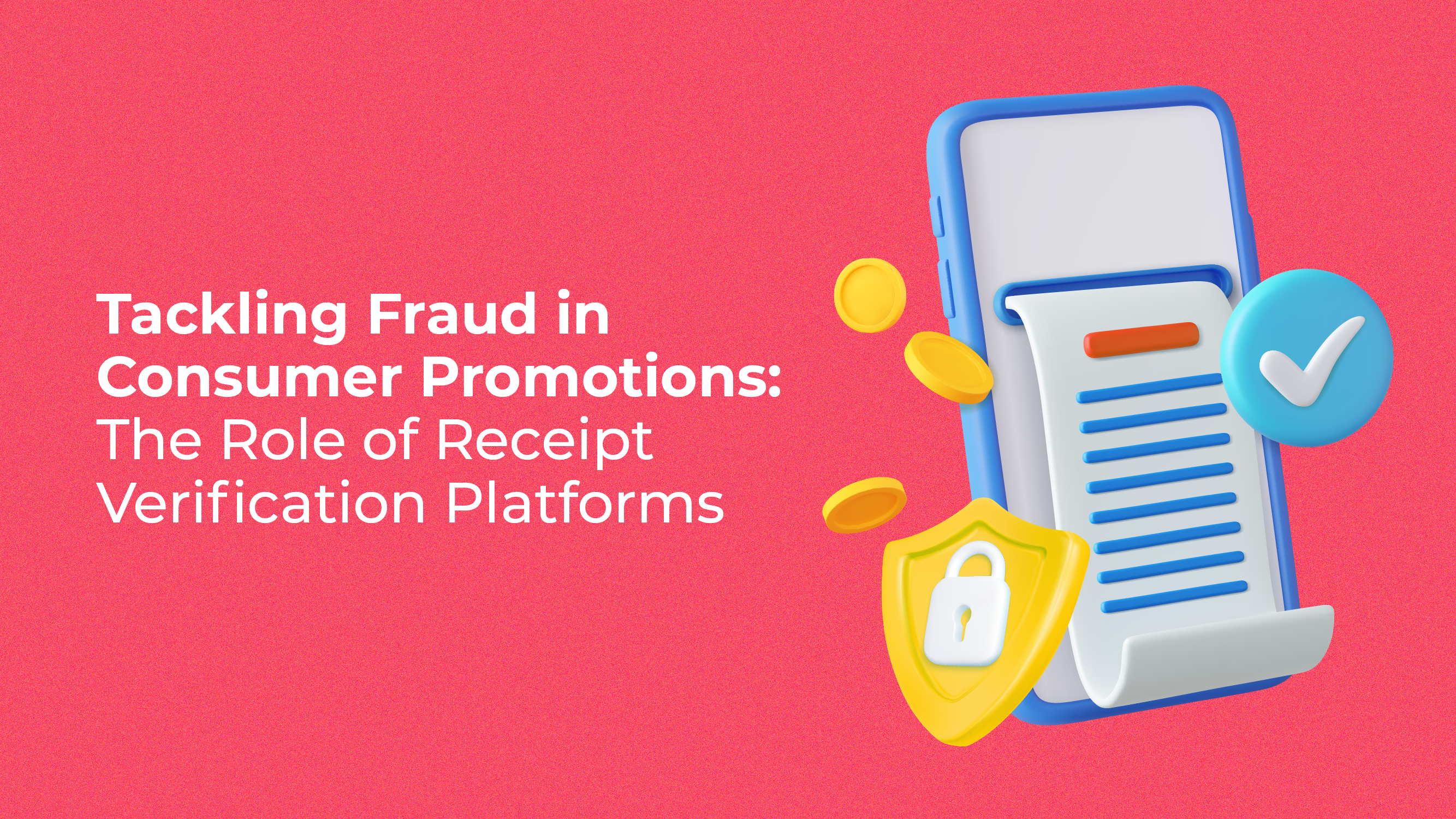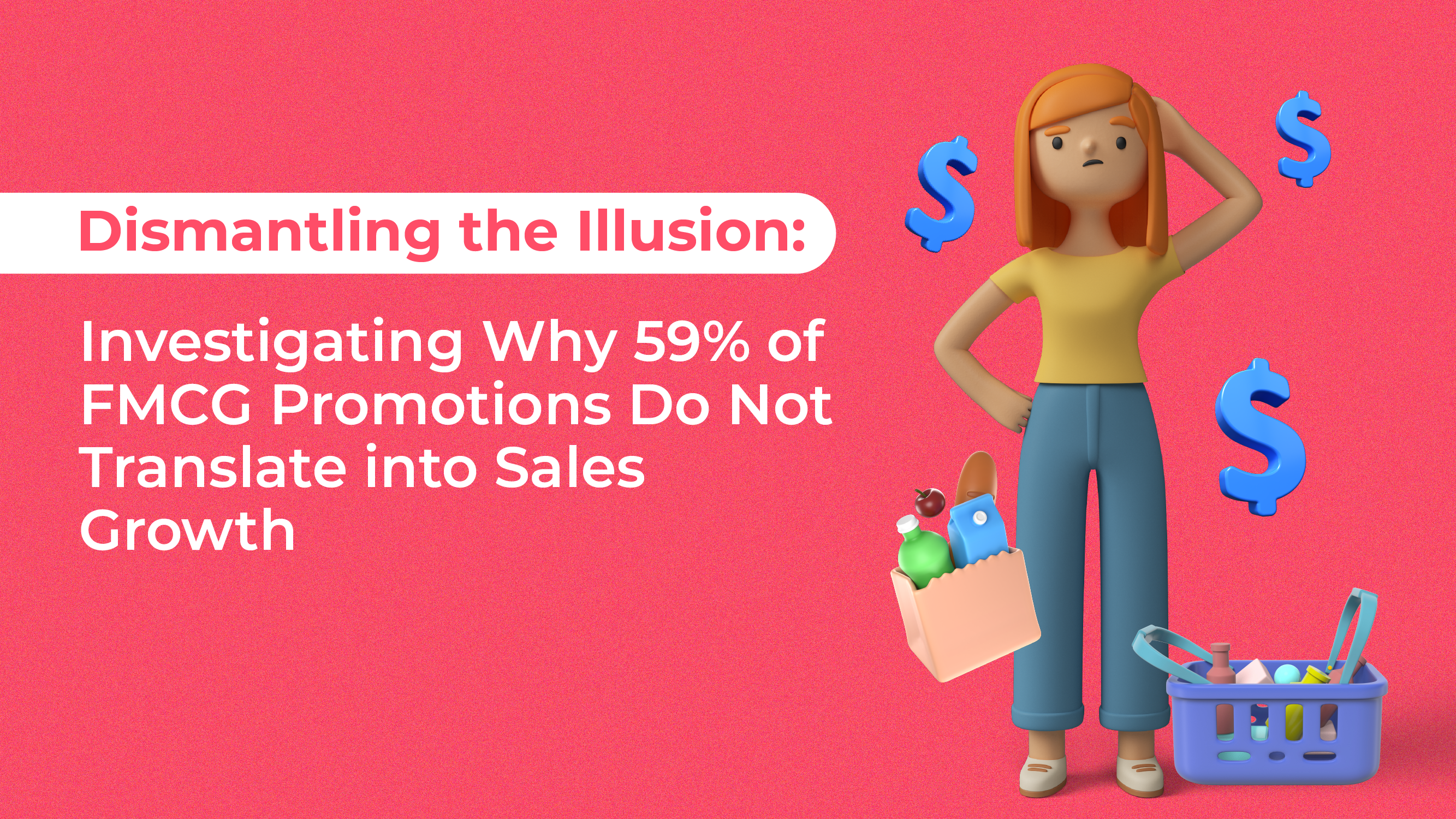Learning how to start a fashion clothing venture may be ideal for small business owners who have a knack for clothing and fashion.
Boutiques are a popular way of starting out small, but you may not know just how to begin. Here are some things to consider before starting a clothing boutique.
Startup Costs
When determining your startup costs, you should come up with a business plan. Be thorough in including all costs that you can think of. This will help you better understand your operating expenses and turnover period.
Be realistic with costs and avoid cutting corners. Undermining your budget can become a huge issue later on when you require financing. For a typical store, startup costs can average between USD$25,000 to $70,000.
Licenses and Permits [restrict]
Generally, the registration process is lengthy and requires a lot of patience. There are online services that offer to handle the registration process, but this will take some time. The following is a list of the basic permits and licenses that all businesses require:
- Barangay Clearance
- DTI Business Name (BN) Registration Certificate
- SEC Certificate of Registration
- Mayor’s Business Permit
- BIR Certificate of Registration
- SSS Employer’s Registration
- PhilHealth Employer’s Registration
- Pag-IBIG Employer’s Registration
- DOLE Registration
Selecting A Location
Choosing a location that is suitable to your niche is always important. With a small fashion store, you would want to be in an area with a lot of foot traffic.
Make sure to research your area of interest and scout out your competitors. If the area is already full of a fashion stores, you may want to consider a different location.
Giving due consideration to these factors will help to maximize the chances of success of your business store.
Lockdown Your Supply
Work with wholesalers and manufactures when curating your inventory. You can find them easily online or by going to Fashion shows and gatherings. Alternatively, you can secure a fabric supplier and design your own clothes if you have a knack for it.
Ideally, you will want to work with a manufacturer instead of wholesalers. This allows you to have more control at the cost of more work.
It is a good idea to visit you manufacturer’s facilities before committing. You will want to be sure of the quality provided and the reliability of the people you’re working with.
Store Outlook
Try to keep your most popular clothings on display at the front of your store. Also try and keep things widely spaced so that customers feel comfortable when browsing. Customers who are more at ease are also more likely to make a purchase.
Create a Website
It is hard to stay competitive in today’s market without an online presence. You don’t necessarily have to sell items online, although that would be great. You can use social media to promote your store and create a better brand image. Most fashion retailers opt for Instagram, but the choice is yours ultimately.
Actionable Takeaway:
The process of registering a business in the Philipines is lengthy and tedious. It would be wise to read up more on the documents required and step-by-step processes. If you know anyone who has started a business, you should consult them regarding the process.
[/restrict]





